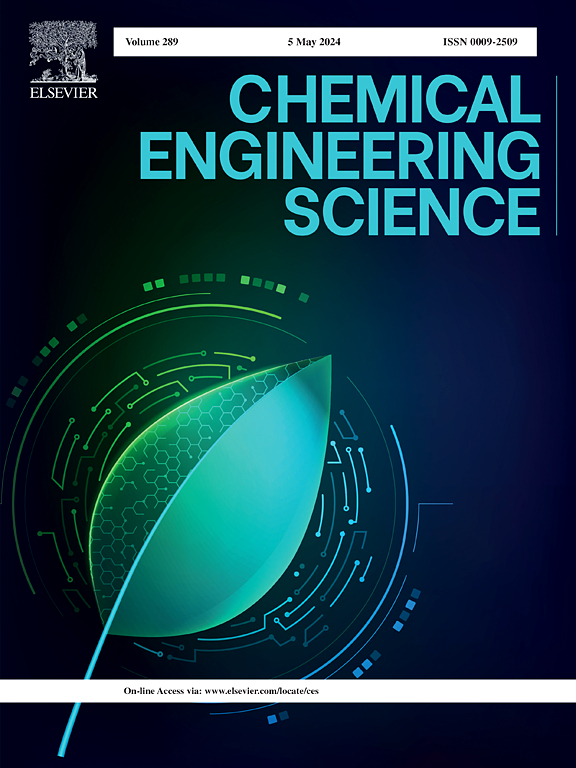Design of model fusion learning method based on deep bidirectional GRU neural network in fault diagnosis of industrial processes
IF 4.1
2区 工程技术
Q2 ENGINEERING, CHEMICAL
引用次数: 0
Abstract
This paper proposes an end-to-end model fusion feature learning method based on deep bidirectional gated recurrent unit (MCNN-DBiGRU) for fault diagnosis in industrial processes. First, a feature-aligned multi-scale feature extraction model (MCNN) is designed by analyzing the working principles of convolutional and pooling layers of convolutional neural networks. Secondly, a deep bidirectional mechanism is proposed to better extract the time series features in the process data. This mechanism makes the recurrent neural network not only present the forward processing input features from the past to the future, but also the reverse processing from the future to the past. By integrating these features, the diagnostic performance of the network model is improved. To verify that the proposed model has effective diagnostic accuracy for fault diagnosis, we conduct simulation experiments on the Tennessee-Eastman (TE) process and a chemical coking furnace, and compare with several conventional network models. In the end, not only the effectiveness of the model is proved, but it is also confirmed that the model is superior to other conventional neural networks in both diagnostic accuracy and feature robustness.
基于深度双向 GRU 神经网络的模型融合学习方法在工业流程故障诊断中的设计
本文提出了一种基于深度双向门控递归单元(MCNN-DBiGRU)的端到端模型融合特征学习方法,用于工业过程的故障诊断。首先,通过分析卷积神经网络卷积层和池化层的工作原理,设计了特征对齐的多尺度特征提取模型(MCNN)。其次,为了更好地提取过程数据中的时间序列特征,提出了一种深度双向机制。这种机制使循环神经网络不仅能呈现从过去到未来的正向处理输入特征,还能呈现从未来到过去的反向处理输入特征。通过整合这些特征,网络模型的诊断性能得到了提高。为了验证所提出的模型在故障诊断方面具有有效的诊断精度,我们在田纳西-伊斯曼(Tennessee-Eastman,TE)工艺和化工焦炉上进行了模拟实验,并与几种传统的网络模型进行了比较。最后,不仅证明了模型的有效性,还证实了该模型在诊断准确性和特征鲁棒性方面均优于其他传统神经网络。
本文章由计算机程序翻译,如有差异,请以英文原文为准。
求助全文
约1分钟内获得全文
求助全文
来源期刊

Chemical Engineering Science
工程技术-工程:化工
CiteScore
7.50
自引率
8.50%
发文量
1025
审稿时长
50 days
期刊介绍:
Chemical engineering enables the transformation of natural resources and energy into useful products for society. It draws on and applies natural sciences, mathematics and economics, and has developed fundamental engineering science that underpins the discipline.
Chemical Engineering Science (CES) has been publishing papers on the fundamentals of chemical engineering since 1951. CES is the platform where the most significant advances in the discipline have ever since been published. Chemical Engineering Science has accompanied and sustained chemical engineering through its development into the vibrant and broad scientific discipline it is today.
 求助内容:
求助内容: 应助结果提醒方式:
应助结果提醒方式:


